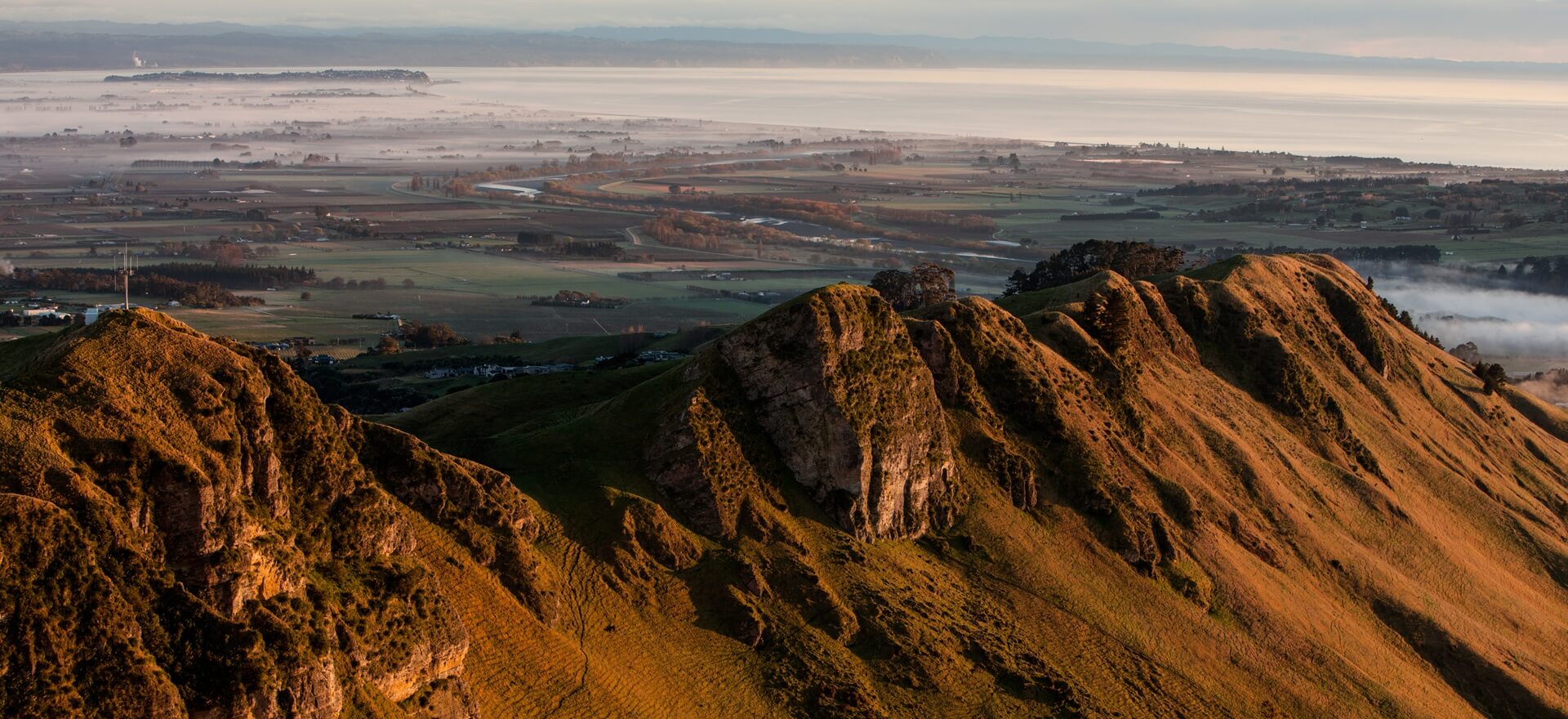
Wines from Hawke's Bay
"I believe the best Cabernets in New Zealand are from Hawkes Bay. Not to be outdone, the Chardonnays show in spades and the Syrahs are superstars." - Erin Larkin, Wine Advocate
Hawke's Bay is New Zealand's second-largest wine region with a long heritage of producing wine. One of Hawke’s Bay’s greatest strengths is its geographical and climatic diversity. This varied landscape provides an environment in which to grow a number of varieties for an array of wine styles. Worth checking out if you are interested in New Zealand wine.
Paritua Stone Paddock Sauvignon Blanc 2024
13,99 € - 14,99 €*
19,99 € pro Liter
The 2024 Hawke’s Bay Sauvignon Blanc is a youthful wine with fine acidity and length.
to article
Paritua Stone Paddock Scarlet 2021
18,99 € - 19,99 €*
26,65 € pro Liter
This blended red is a prime example of the style produced from the stony soils of Hawke’s Bay. Served in Air New Zealand Business Class.
to article
Paritua Stone Paddock Cabernet Franc 2021
18,99 € - 19,99 €*
26,65 € pro Liter
A rare treat from New Zealand – 100% Cabernet Franc! This ruby-red wine entices with aromas of redcurrant, blackberry, floral notes, and a hint of cocoa. Elegant, juicy, and vibrant on the palate – with silky tannins and a long finish. An exceptional wine with rarity value!
to article
18,99 € - 19,99 €*
26,65 € pro Liter
This wine boasts a delightful, velvety texture, accompanied by subtle notes of spice and pepper. It's remarkably versatile when it comes to pairing with food; whether you're savoring char-grilled meats or a classic margarita pizza, this Syrah will elevate your dining experience.
to article
Paritua Stone Paddock Chardonnay 2023
19,99 €*
26,65 € pro Liter
This Chardonnay is a lightly oaked wine in a refreshing style. Showing ripe peach and stonefruit aromas with hints of nougat and Grapefruit.
to article
Te Mata Estate Chardonnay 2023
18,99 € - 19,99 €*
26,65 € pro Liter
The upfront palate is fruit driven with vibrant and juicy acidity leaving a lingering finish to compliment nutty, toasty notes. Classic Hawke's Bay Chardonnay from this elite winemaking team.
to article
Paritua Stone Paddock Scarlet 2023
18,99 € - 19,99 €*
26,65 € pro Liter
This blended red of Cabernet Franc, Cabernet Sauvignon and Merlot is a prime example of the style produced from the stony soils of Hawke’s Bay. This elegant wine captivates with bright notes of redcurrant and dark plum, complemented by subtle accents of star anise and cedar, leading into a structured palate with integrated tannins and a harmoniously long finish.
to article
Tony Bish Fat & Sassy Chardonnay 2023
23,99 € - 24,99 €*
33,32 € pro Liter
By New Zealand's "King of Chardonnay". Cheeky and fun, all curves and lusciousness. Made in a large oak barrel. The Fat & Sassy Chardonnay 2022 presents itself with rich aromas and a full body.
to article
Craggy Range Te Kahu Gimblett Gravels Vineyard 2020
26,49 €*
35,32 € pro Liter
Te Kahu means 'the cloak' in te reo Maori and refers to the mist that envelops Craggy Range Winery in the Tukituki Valley. Legend has it that this mist was used to protect a mythical Maori maiden from the sun as she visited her lover Te Mata. This is a wine of richness and an abundance of black fruit flavours and a long structured finish.
to article
Craggy Range Syrah Gimblett Gravels Vineyard 2020
In stock 4
26,49 € -12% RRP 29,99 € *
35,32 € pro Liter
Craggy Range Syrah Gimblett Gravels Vineyard 2020
26,49 € -12% RRP 29,99 € *
35,32 € pro Liter
The vines originate from a Heritage clone of Syrah brought to New Zealand around 150 years ago. Produced from the gravelly soils of the Gimblett Gravels, this distinct Syrah shows an aromatic lift of floral and pepper aromatics with lushness and elegance on the palate.
to article
27,99 € - 29,99 €*
39,99 € pro Liter
Perfect for lovers of spicy, elegant red wines. Bilancia is one of the best Syrah producers in the region. This is also evident in this wonderful Syrah.
to article
27,99 € - 29,99 €*
39,99 € pro Liter
Selected as one of the top 12 Chardonnays of 2023 from Hawke's Bay. From one of Hawke's Bay's top producers. This delightful, medium-bodied Chardonnay offers vibrant aromas of ripe stonefruit and citrus. The barrel fermentation adds classic toasty notes, complemented by subtle mineral and flinty undertones. An elegant and beautifully balanced expression of Chardonnay.
to article
Paritua Single Vineyard Cabernet Sauvignon 2021
30,99 € - 32,99 €*
43,99 € pro Liter
This rare, single-varietal Cabernet Sauvignon from New Zealand (only 0.5% of the vineyard area) delights with a complex bouquet of dark fruits, mocha, and subtle mineral notes. On the palate, it presents itself elegantly and silky with fine tannins – an exceptional tasting experience.
to article
Te Mata Awatea Cabernets/Merlot 2022
32,99 € - 34,99 €*
46,65 € pro Liter
First made in 1982, the 2022 Awatea is the most concentrated ever and a real delight. The Awatea, a Bordeaux blend that's both vibrant and intricately layered, is a timeless addition to your wine cellar. Expertly crafted with a seamless blend of its components, this wine embodies the pinnacle of excellence in terms of richness, subtlety, and structural integrity.
to article
Tony Bish Heartwood Chardonnay 2022
32,99 € - 34,99 €*
46,65 € pro Liter
Heartwood is a traditional Hawkes Bay masterpiece. Barrel fermented in French oak barrels, with 30% new oak, it bursts with flavours of stone fruit and vanilla bean - a true delight for the Chardonnay lover. The 2018 vintage was among the "Top 100 Wine Discoveries" by Robert Parker's Wine Advocate.
to article
Te Mata Awatea Cabernets/Merlot 2023
32,99 € - 34,99 €*
46,65 € pro Liter
First made in 1982, the Awatea, a Bordeaux blend that's both vibrant and intricately layered, is a timeless addition to your wine cellar. Expertly crafted with a seamless blend of its components, this wine embodies the pinnacle of excellence in terms of richness, subtlety, and structural integrity.
to article
Tony Bish Golden Egg Chardonnay 2023
34,49 € - 36,49 €*
48,65 € pro Liter
A captivating wine with pure expression, textural richness and impeccable balance. Fermented in New Zealand's first concrete eggs(!). The exceptional vintner Tony Bish uses, fitting for the wine's name, egg-shaped, golden-coloured concrete tanks.
to article
3-Bottle Value Pack Paritua Stone Paddock Chardonnay 2023
44,96 € -25% RRP 59,98 € *
59,94 € pro Liter
3-Bottle Value Pack Paritua Stone Paddock Chardonnay 2023
44,96 € -25% RRP 59,98 € *
59,94 € pro Liter
Value pack: Only € 14.99 per bottle! This Chardonnay is a lightly oaked wine in a refreshing style. Showing ripe peach and stonefruit aromas with hints of nougat and Grapefruit.
to article
Tony Bish Two Terraces Chardonnay 2023
42,99 € - 44,99 €*
59,99 € pro Liter
Newly Released 2023 Vintage. The fruit comes from the Mangatahi terraces, known for their cool climate and beautifully fresh, vibrant flavours. Sandy, silty soils with volcanic influence sit above deep red metal gravels – perfect for producing expressive, elegant Chardonnay.
to article
45,99 € - 47,99 €*
63,99 € pro Liter
First planted in 1999, Alma is the finest expression of Te Mata Estate’s commitment to great New Zealand Pinot Noir. Alma expresses brooding cherry and delicious ripe, dark plum flavours that unfurl with savoury wildwood scents and spice.
to article
Paritua Platinum Duet Cabernet Franc Cabernet Sauvignon 2021
46,99 € - 49,99 €*
66,65 € pro Liter
Only 750 bottles were produced, half of which will be donated to a charity auction. #36 Top 100 Wines of New Zealand (Suckling).
to article
46,99 € - 49,99 €*
66,65 € pro Liter
First planted in 1990, the Bullnose Vineyard's old red iron soils produce Te Mata's Estate finest Syrah. Bullnose Syrah 2023 is finely balanced and satisfying throughout. This wine has distinctive floral and spice aromas, rich flavours of plum, raspberry and cherry, with velvety texture.
to article
Tony Bish Skeetfield Chardonnay 2022
49,99 € - 51,99 €*
69,32 € pro Liter
Top 100 Wine Feinschmecker Magazin. Skeetfield is a brilliant wine with exceptional power and grace. Still very youthful, fruit and oak all in balance - long and lingering.
to article
65,99 € - 67,99 €*
90,65 € pro Liter
The Flagship Wine, made in only the very best of vintages. A Cabernet Sauvignon dominant blend wtih Cabernet Franc and Merlot. The winemaking team at Paritua have one simple aim, to have 21·12 placed alongside the greatest Bordeaux Blends New Zealand has ever produced.
to article
79,99 € - 82,99 €*
110,65 € pro Liter
A superbly balanced medium-weight wine with aromas of dark berries, crushed stone, and black pepper. This wine offers a bright future and a rich tasting experience.
to article
91,99 € - 94,99 €*
126,65 € pro Liter
An icon of New Zealand wines and a sought-after collector's item. The red blend of Cabernet Sauvignon, Merlot and Cabernet Franc is one of New Zealand's "Grand Cru". "It might be the most famous red of New Zealand" - James Suckling
to article
Tony Bish Skeetfield Chardonnay 2022 MAGNUM
113,99 €*
75,99 € pro Liter
Skeetfield is a brilliant wine with exceptional power and grace. Still very youthful, fruit and oak all in balance - long and lingering.
to article
About Hawke's Bay
New Zealand's oldest wine region is Hawke's Bay, where winemaking has been present since 1851. Ranking as the second-largest wine region in the country, it contributes approximately 10% to the total wine production.
Boasting a considerable size and diverse landscape, Hawke’s Bay has the capacity to produce a broad spectrum of grape varieties at a consistently high quality. It is particularly recognized for its excellence in Red Blends, Syrah, and Chardonnay. The famous Gimblett Gravel area is located within this region.
Hawke's Bay climate
The region experiences abundant sunshine, with heat summations somewhere between Burgundy and Bordeaux. The coastal influence moderates the intensity of hot summer days, allowing for an extended growing season. The elevated terrain surrounding the area provides protection against strong winds, although inland regions may face the occasional risk of frost. During the growing season, challenges may arise from cooler and wet weather, but the well-draining soils mitigate its impact.
Hawke's Bay soil
The legacy of four major rivers’ historic meanderings, Hawke’s Bay is a virtual kaleidoscope of soil types, creating significant impact on viticulture and wine styles. The densely planted plains are alluvial over gravely subsoils: Havelock has more sandy loams over clay pans while Hastings is surrounded by loamy clays. Red metals and famously arid, stony Gimblett Gravels are noteworthy features; the surrounding rolling hill country is clay and limestone-based. Bridge Pa contains the oldest soils on the Heretaunga Plains. These are distinct as they consist of low fertile, free draining alluvium deposit or eroded ash, loess and underlying sediments.
Hawke's Bay subregions
- Coastal Areas: The two grape growing areas located directly on the coast enjoy the most dramatic effects of the temperate climate and long growing season. The gravelly soils of Bay View in the northern Esk River Valley area and Te Awanga in the South have achieved recognition for premium Chardonnay and early ripening reds, including Pinot Noir.
- Hillsides: Increasingly explored for the differences offered in soil and altitude; they are predominately planted in red varieties. Long-established around Havelock North, hillsides in the Maraekakaho and Bay View sub-regions produce stellar wines and as vines march inland.
- Alluvial Plains: Shaped by rivers and criss-crossed with gravel beds, free-draining alluvial soils and stony terraces, the plains fan out between Havelock and Napier, covering the pioneering vineyards of Taradale and Meeanee plus the Gimblett Gravels and Bridge Pa Triangle area, home to some of the region’s best wines.
- River Valleys: Running across Hawke's Bay are four rivers, which have over time created a huge diversity of grape growing sites. These sites have provided sheltered environments, with variations in altitude, aspect to the sun and variations in soil type. Fine examples of premium Chardonnay, Sauvignon Blanc, Pinot Gris and Pinot Noir are sourced from the higher altitude sites.
- Central Hawke's Bay: Inland at an altitude of up to 300 metres Central Hawke's Bay vineyards are characterised as being cooler areas showing potential for Sauvignon Blanc, Pinot Gris and Pinot Noir.
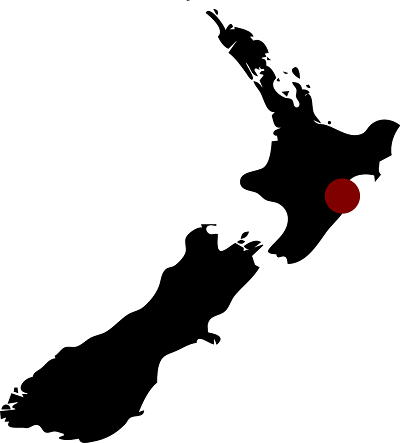

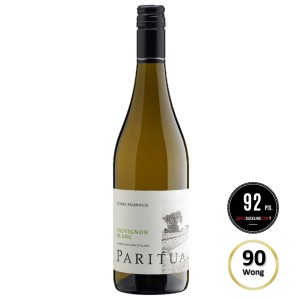



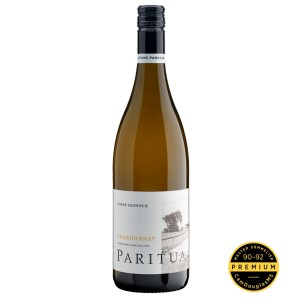
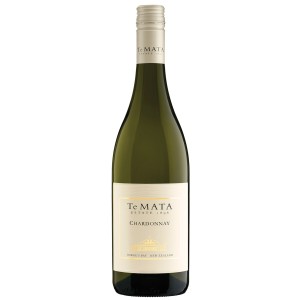
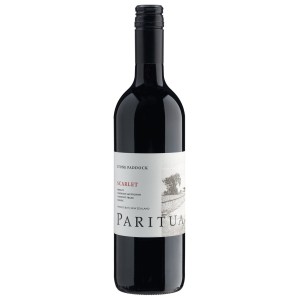
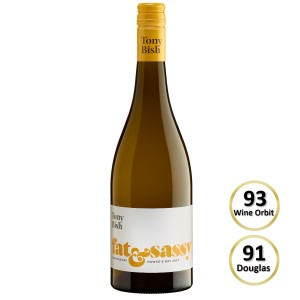
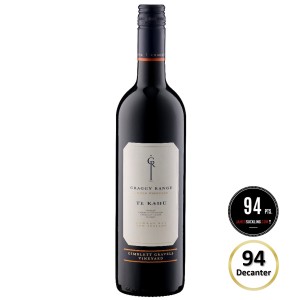
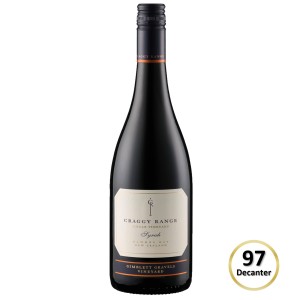

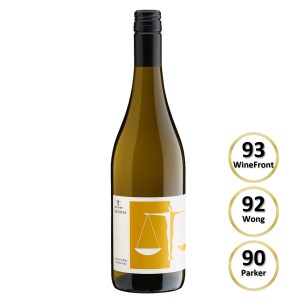
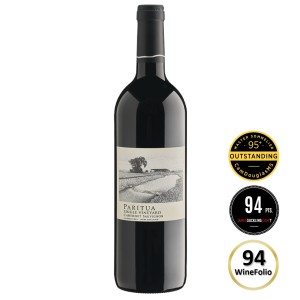




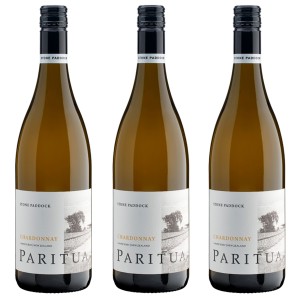
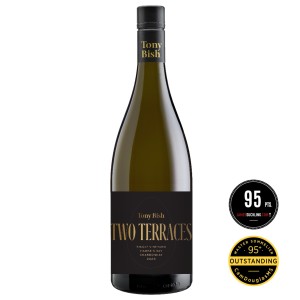
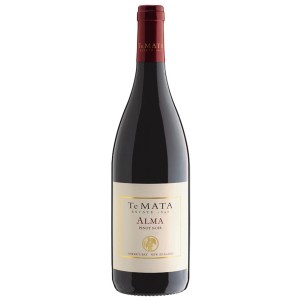
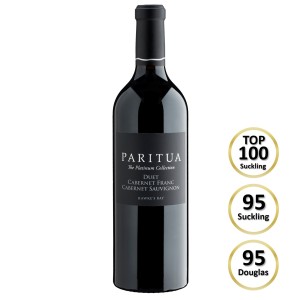



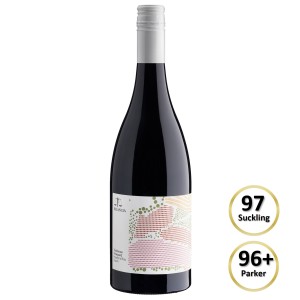


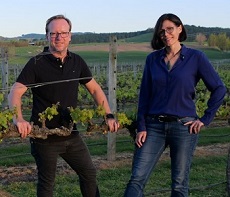
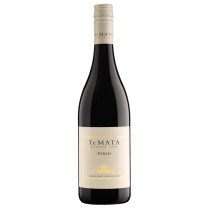


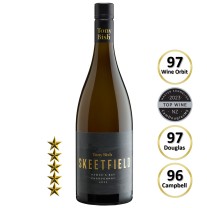
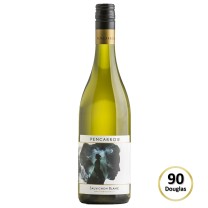
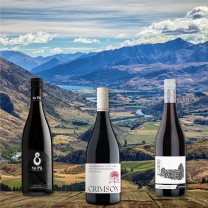



















 Switzerland
Switzerland